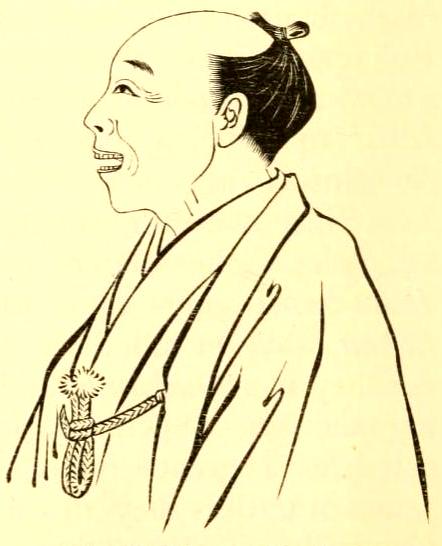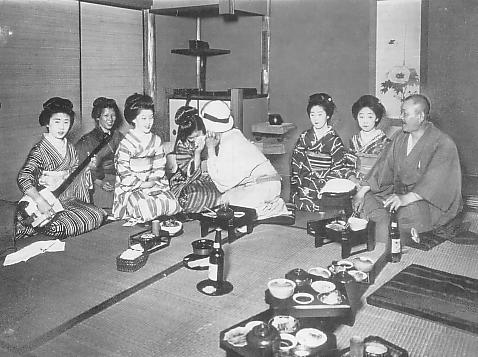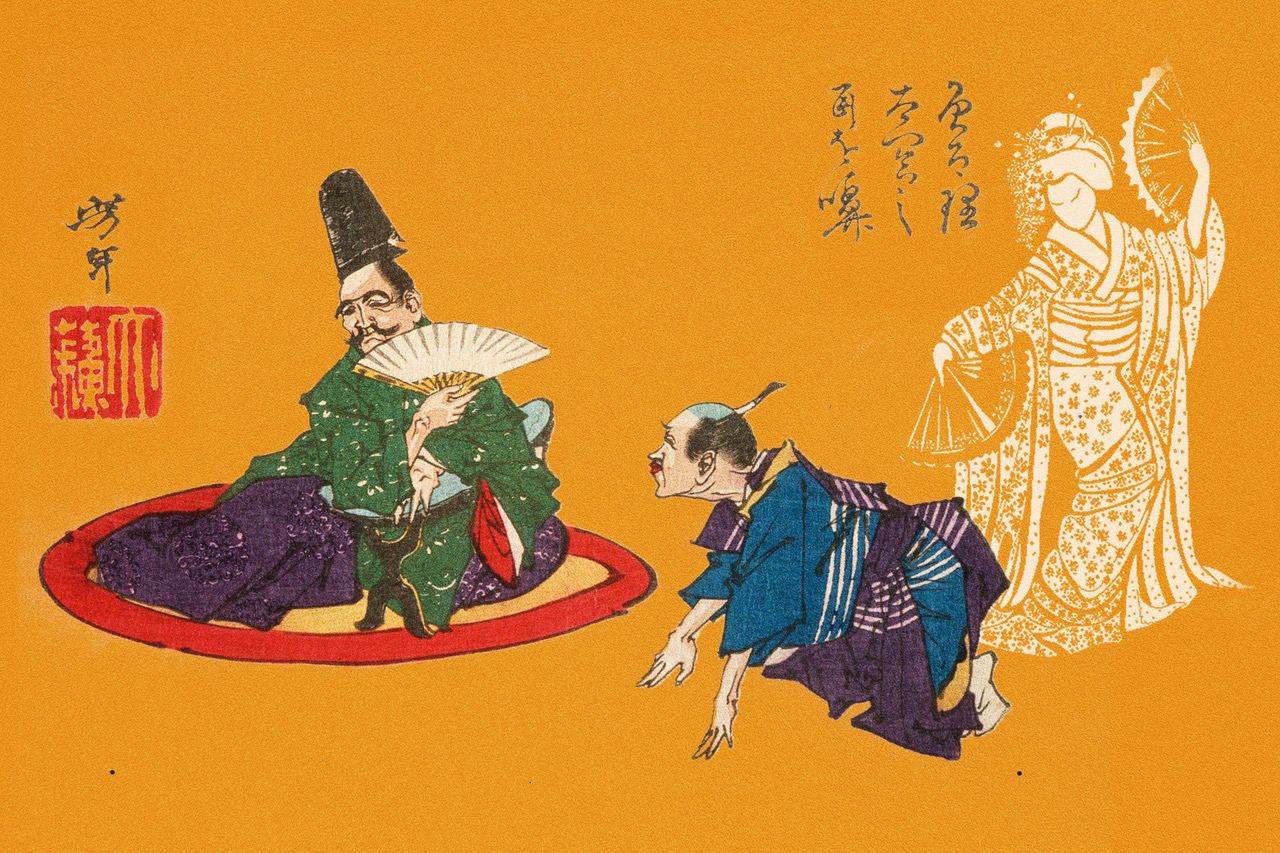When female geisha first appeared in the Yoshiwara red-light district in the mid-18th century, they had to stress the “female” part because, back then, “geisha” were exclusively men. These male “people of the arts” (the literal meaning of the term) would attend parties in Edo (modern-day Tokyo) and keep guests entertained by singing, dancing, and making jokes. However, in a few short decades, their profession was taken over by women to the point where female entertainers began to be known simply as “geisha” while their male predecessors had to start going by “otoko geisha” (male geisha). It was one of the final stages of a long fall from grace for a profession dating back to the 13th century.
It All Started with a Dancing Monk
In the mid-13th century, the monk Ippen founded the Ji school of Pure Land Buddhism and began traveling across Japan and preaching the idea of “nenbutsu odori” (reciting the name of the Buddha while performing a ritual dance). He soon gained many dancing followers who, through their travels, practices and interactions with people, gained a keen analytical eye and a sense for entertainment and the arts. Or so the story goes. The story then goes on to say that all those newly acquired skills helped Ippen’s followers become attendants to feudal lords known as “doboshu,” widely considered to be the first geisha.

The Nightless City or The History of Yoshiwara Yukwaku (Source: Wikimedia Commons)
The doboshu were particularly active during the Muromachi Period (1336–1573), when it felt like Japan was continuously in a state of civil war. At the time, warlords needed someone to gather and analyze intelligence, someone to advise them on military strategies and someone who could take their minds off all the blood and gore with some tea ceremonies, ink paintings, poetry and flower arranging. The doboshu could do all three at once, so having one in your employ was quite the bargain. They were also handy because they could deliver bad news to their patrons in a humorous way, which paved the way for the second act in the history of male geisha.
Jesters and Drums
By the late 16th century, as Japan slowly headed towards unification, the military and intelligence-gathering roles of doboshu took a backseat to their abilities as entertainers who enjoyed the privilege of being humorous and sardonic in front of their lieges. This went against the rigid hierarchical rules of Japanese society, making these later doboshu something akin to European medieval jesters. As their profession changed, so did the name. The doboshu soon became known as hanashishu (storytellers), hokan (jesters), or taikomochi (drum-bearers). There is an interesting, most likely apocryphal story about that last one.
“Taikomochi” is said to have originated with Shinzaemon Sorori, doboshu to Toyotomi Hideyoshi, one of the unifiers of Japan. Whenever Hideyoshi — who by then had taken on the title “taiko” (retired regent) — was in a bad mood, Shinzaemon would cheer him up with dances and pantomime, earning him the title of “taikomochi,” meaning “he who lifts up the taiko.” The title “taiko” was later replaced with the homophone “taiko” meaning “drum,” the instrument often used by the geisha-jesters during their performances. It probably didn’t happen that way, but it’s still a nice story.

Japanese book “Photograph collection: Panorama of 100 years Kyoto history” published by Tankosha (Source: Wikimedia Commons)
The Beginning of the End for Male Geisha
With time, taikomochi moved away from the private residences of feudal lords and evolved into professional entertainers for hire. They quickly became a mainstay at big-city banquets where they used their skills to keep the party going for as long as possible. This Golden Age, however, didn’t last long. Perhaps because they traded high-status clients like samurai for rich but lower-class merchants, people started looking down on male geisha from the onset of the Edo Period (1603–1868).
By the 18th century, they worked almost exclusively in red-light districts and were primarily known for telling dirty jokes and singing raunchy songs. The Edo government had such a low opinion of them that it didn’t even want to admit there were any “geisha” in the city, instead registering the men as shampooers, insect exterminators, or privy cleaners in the official census. So, when their female variety appeared on the scene, it really didn’t take much for them to take the “geisha” title away from the men.
The Present and Future of Male Geisha
Modern male geisha, who organize parties where they can show off their traditional skills like singing, dancing, or telling amusing tales and jokes, do exist. But probably not for long, as there are reportedly only five of them left in all of Japan. And that’s based on data that’s more than a few years old. Unless something is done, this 700-year-old profession will go out not with a bang but with a “Huh. I didn’t even know that was a thing.”









